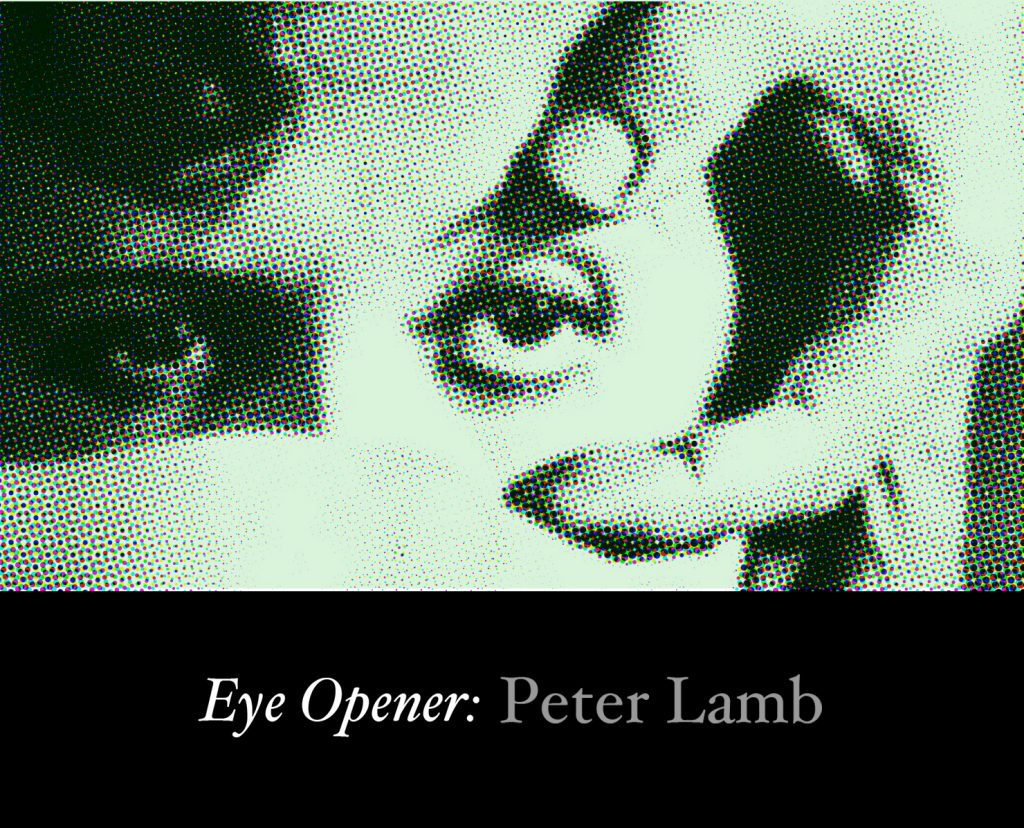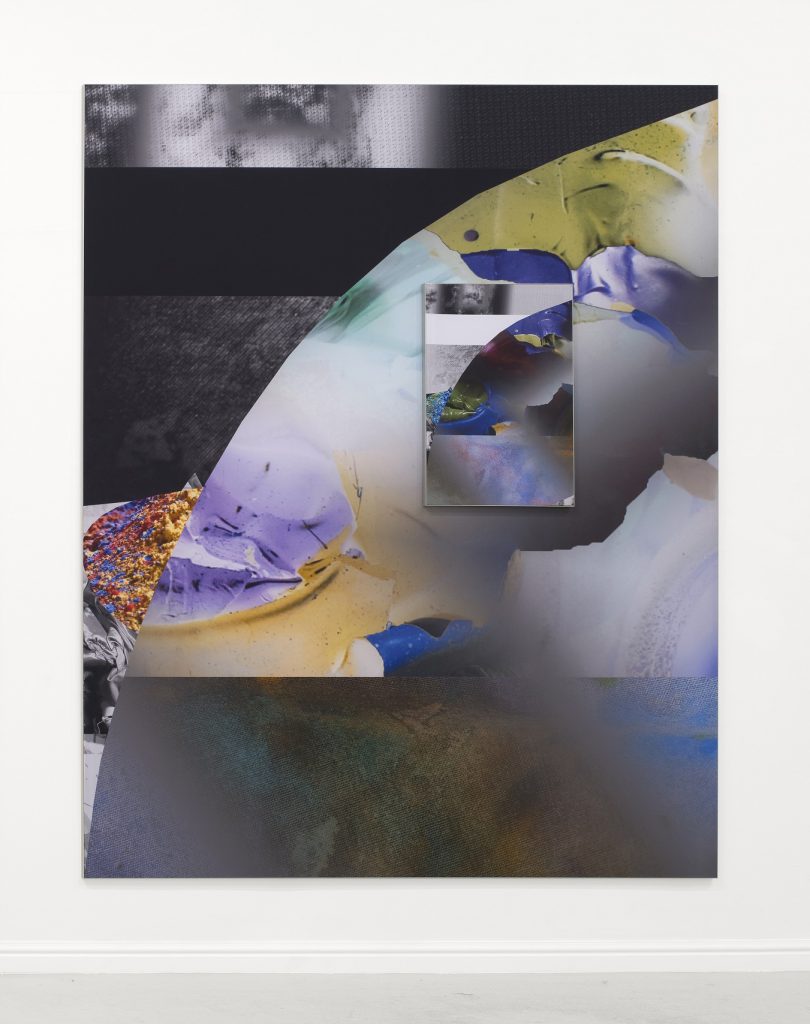Eye Opener: Peter Lamb

In the third part of Instantloveland’s new feature, painter Peter Lamb writes about his work in the studio, the studio in his work, and the profound and lasting influence of Italo Calvino’s ‘Mr Palomar’…

‘Since what Mr Palomar means to do at this moment is to see a wave, that is, to perceive all its simultaneous components without overlooking any of them, his gaze will dwell on the movement of the wave that strikes the shore, until it can record aspects not previously perceived.’1Calvino, I., ‘Mr Palomar’, 1999, p4, Vintage (Random House), London
A friend gifted me a copy of Italo Calvino’s ‘Mr Palomar’ in 2010. At the time I had been searching for ways to make painting that used the studio as subject matter: the edges, the fall-outs, the things in the corner of my eye. To develop an ‘arm’s-length’ aesthetic and somehow use all the tiny elements of my working life as an artist, dragging all the inconsequential, peripheral things into the work.

‘Thinking does not proceed in a straight line but zigzags its way through vacillations, denials, corrections, in whose midst the rightness of that affirmation of his would be lost’.2Ibid, p4
I needed to break away from the linear approach to painting, with its beginning-middle-end. As it is with life, a painting, for me, cannot simply be the sum of all its components: canvas, frame, paint and so on. Paintings are layered, complex and endless variations of themselves that can reach a peak, then break up: just as a wave breaks up and dissipates, before being sucked back out to sea to begin the process all over again, ‘enriched’ with minerals, pebbles and empty plastic bottles. Each drop of water within the wave is synonymous with the next, an endless version of the same connected pattern and process; except each time the wave, like a flicked painted mark, renews itself. It occurred to me that, like a wave crashing against the shoreline, I needed to let all the debris of life and studio, all the histories and back stories in the work, roll over onto themselves, collapse and allow for possibilities of renewal.

It’s this continual rhythm in ‘Mr Palomar’ that has been so influential for me: that nothing in the universe is still, that we all move forward. That my work, my painting, needs to come with me at all times, as if carried on my hip, never still or stable, fixed or finished.
‘The brow of the wave must be considered, where it splits into two wings, one stretching towards the shore from right to left and the other from left to right…subject to alternate overlapping until another wave, a stronger wave, overtakes it, with the same problem of the divergence-convergence, and then a wave stronger still, which resolves the knot by shattering it’. 3Ibid, p5
